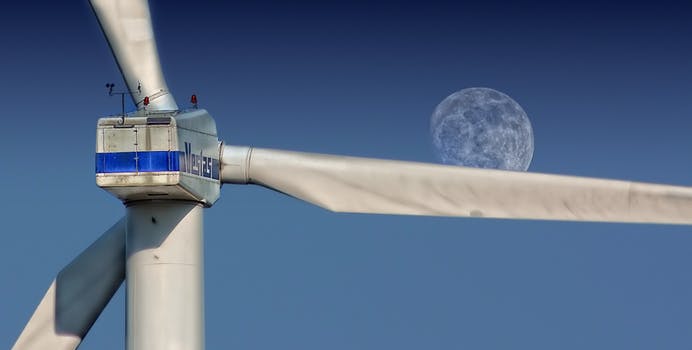(REPOST: Forbes)
BNEF chief editor Angus McCrone writes that the falling costs in lithium-ion batteries, solar and wind energy that 2017 saw will continue in 2018 thanks to economies of scale and technological improvements, while the global economic recovery and associated strengthening of oil and coal prices will make clean energy and electric vehicles more competitive against their fossil fuel counterparts.

However, tightening monetary policies and higher interest rates “could start to affect the cost of capital, and therefore the relative competitiveness, of high-capex, low-opex technologies such as wind and solar”.
The research group predicts that 2018 investment in clean energy will be about the same as 2017’s $333.5 billion, but more capacity will be installed because of “the remorseless reductions in solar (and to some extent, wind) project capital costs”. More than 100GW of solar capacity will be installed in 2018, BNEF head of solar Jenny Chase predicts and although China will still dominate with about half the market, new markets will also open up. “This is the year that Latin America, south-east Asia, the Middle East and Africa will make up a measurable slice of the total. For instance, Mexico is likely to be a 3GW-plus market in 2018, and Egypt, the UAE and Jordan between them at 1.7-2.1GW,” she writes.
The wind energy market will be steadier, with about 59GW of onshore and offshore capacity added in 2018 before a rush in 2019 as the US Production Tax Credit nears its sell-by date. Onshore, China and Latin America will continue to see growth and while the usual suspects – the UK, Germany, the Netherlands and China – will dominate offshore, there are signs that the US and Taiwan markets are set to take off. Costs continue to fall, with two bidders – Vattenfall and Statoil – already lined up for the Netherlands auction of some 700MW of offshore capacity with zero subsidy. “Competition between a strong selection of developers would be another sign of the much-improved cost-effectiveness of offshore wind,” says Tom Harries, senior wind analyst at BNEF.